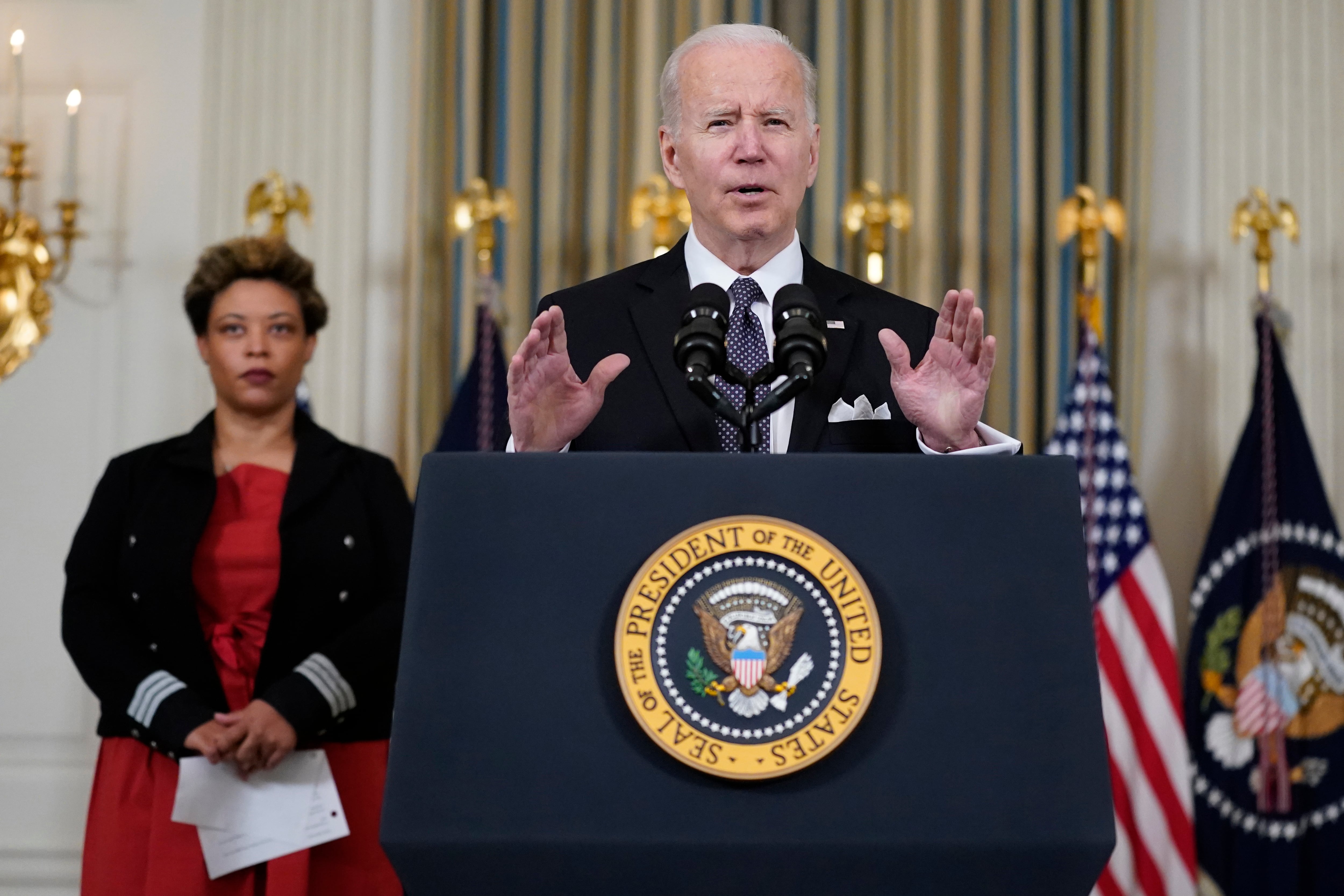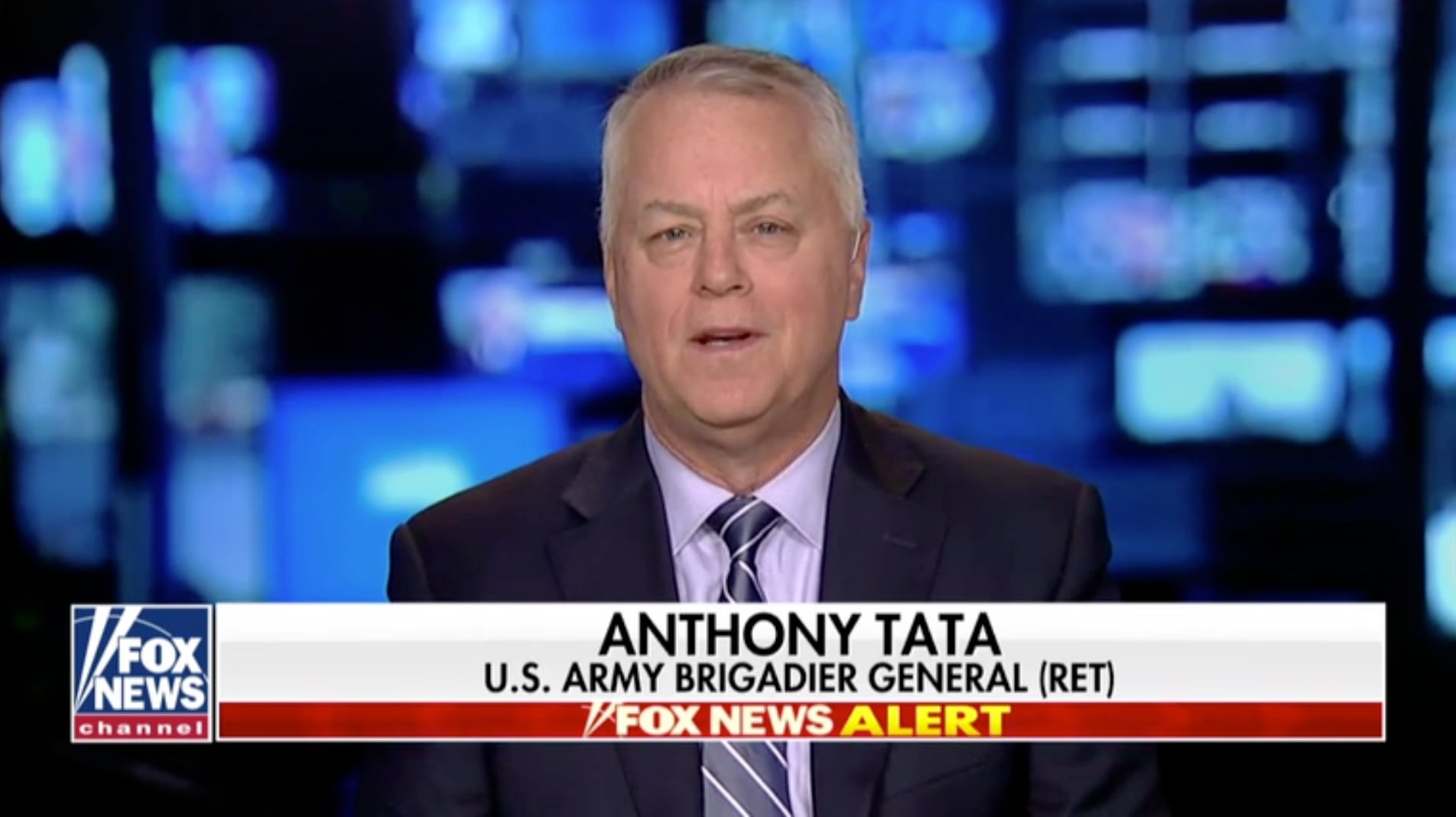WASHINGTON ― Following U.S. President Joe Biden’s plans to cancel the Sea-Launched Cruise Missile-Nuclear development program, the U.S. admiral who oversees America’s nuclear forces warned lawmakers Monday he sees “a deterrence and assurance gap.”
In a letter Monday to lawmakers, Adm. Chas Richard, U.S. Strategic Command’s chief, said he was otherwise satisfied with Biden’s fiscal 2023 defense budget proposal, but made the point about the SLCM-N. On Tuesday, it became fodder in an unfolding fight over plans to defund the submarine-launched low-yield missile.
“While I am satisfied USSTRATCOM priorities are adequately addressed, the current situation in Ukraine and China’s nuclear trajectory convinces me a deterrence and assurance gap exists,” Richard wrote.
“To address this gap, a low-yield, non-ballistic capability to deter and respond without visible generation is necessary to provide a persistent, survivable, regional capability to deter adversaries, assure allies, provide flexible options, as well as complement existing capabilities. I believe a capability with these attributes should be re-examined in the near future,” the letter continued.
RELATED

Though military leaders are required by law to provide Congress with their wish lists or unfunded priorities, Richard’s letter did not make any requests for a particular program or funding amount. Biden’s $813.4 billion national defense budget includes $50.9 billon in nuclear weapons spending, up $7.7 billion from the 2022 request.
A House Armed Services Committee hearing Tuesday offered a stage for the debate over the composition of that budget.
Defense Secretary Lloyd Austin defended DoD’s $34.4 billion budget for nuclear weapons modernization as “very significant.” He acknowledged Russia has a nuclear-capable ballistic missile submarines, but downplayed the utility of the SLCM-N.
“The marginal capability that this provides is far outweighed by the cost,” he said.
Marking a break between civilian and uniformed leaders, the chief of U.S. European Command, Gen. Tod Wolters, told lawmakers last week he backs SLCM-N.
Then on Tuesday, the chairman of the Joint Chiefs of Staff, Gen. Mark Milley, said his past support for SLCM-N hasn’t changed. The Strategic Forces Subcommittee’s top Republican, Rep. Doug Lamborn, who elicited the answer, quoted Richard’s letter at the hearing.
But House Seapower Subcommittee Chairman Joe Courtney, D-Conn., defended the administration, arguing that installing low-yield nuclear warheads on Virginia-class attack subs would mean less space for conventional weaponry.
“I think the administration made the right choice in terms of keeping the attack subs focused on their main mission,” Courtney said. “Putting tactical [nuclear] weapons on there changes it in a clunky way.”
House Armed Services Committee Chairman Adam Smith, D-Wash., acknowledged the likelihood of a fight in the committee and echoed Courtney’s view that adding nuclear weapons would complicate the mission of attack submarines. He pointed to ongoing plans to develop a similarly capable air leg of the nuclear triad: the long-range standoff weapon.
Pressed by Smith to explain his views further, Milley said that with roughly 50 attack submarines in the fleet, there was room for some to get the SLCM-N and others to continue their usual missions.
“Some of those would have a mission change, others would not,” Milley said before pivoting to argue that America’s nuclear arsenal is sufficient.
“No foe should underestimate our capability because of ... a decision to produce or not produce a SLCM-N. Our nuclear capability is much, much bigger than that,” he said.
Joe Gould was the senior Pentagon reporter for Defense News, covering the intersection of national security policy, politics and the defense industry. He had previously served as Congress reporter.





